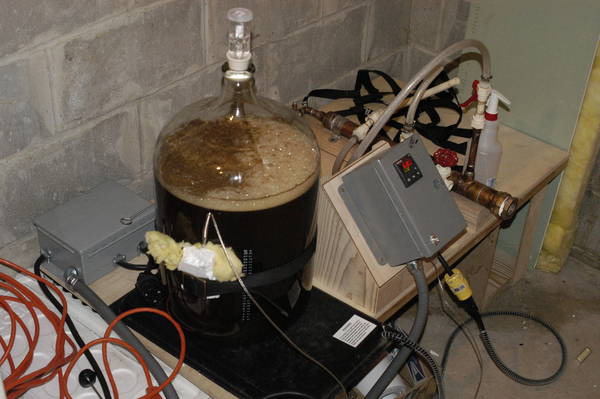So, these are pic's of the system in operation, One is the element connection and the protector that I made for it, so as I don't electrocute myself when I am not paying attention, and the last is of the grounding of the heating manifold. I will later change the wire out to green, but I wanted to test so, what ever was lying around. Other things that will happen are a twist lock male and female cap for fast element removal, another PID and SSR for an electric HLT, and maybe the new PID I order with ramp and soak control and I will switch it out with the one that is operating the MLT now and that one will operate the HLT. I don't know, we will see what the SWMBO lets me get away with.











































![Craft A Brew - Safale S-04 Dry Yeast - Fermentis - English Ale Dry Yeast - For English and American Ales and Hard Apple Ciders - Ingredients for Home Brewing - Beer Making Supplies - [1 Pack]](https://m.media-amazon.com/images/I/41fVGNh6JfL._SL500_.jpg)



















